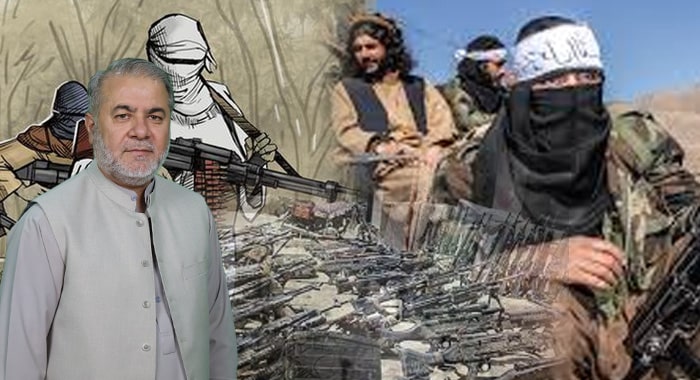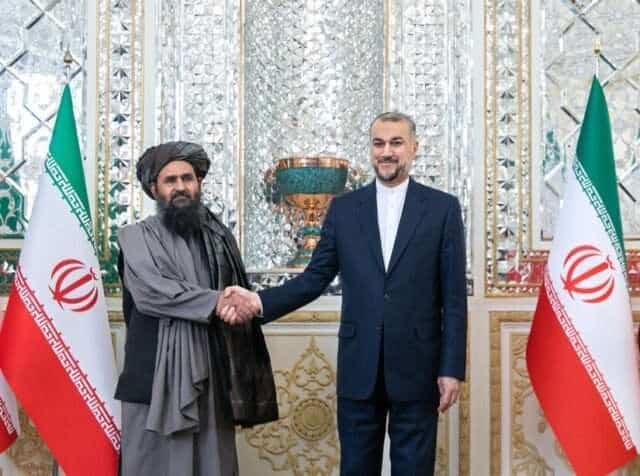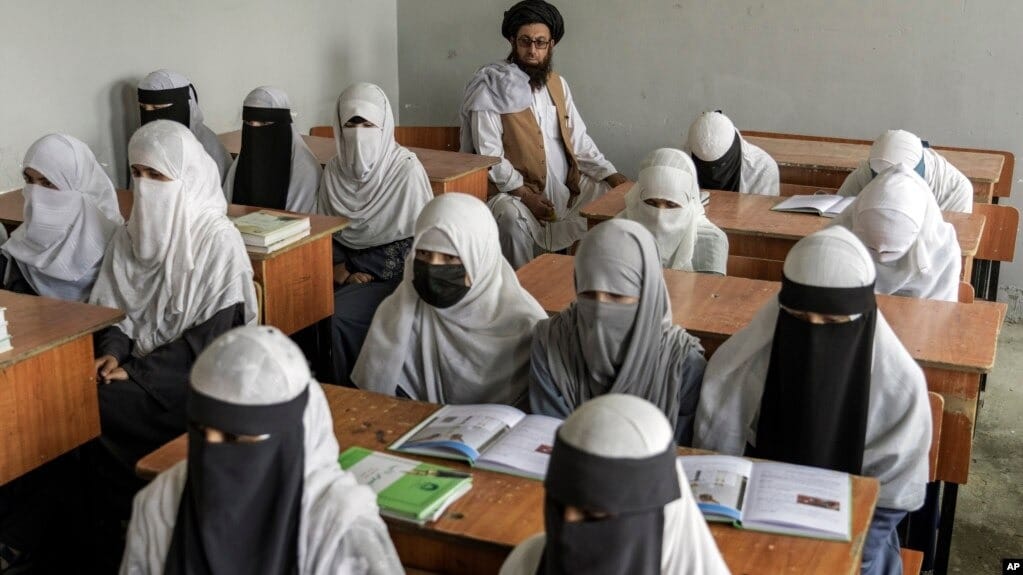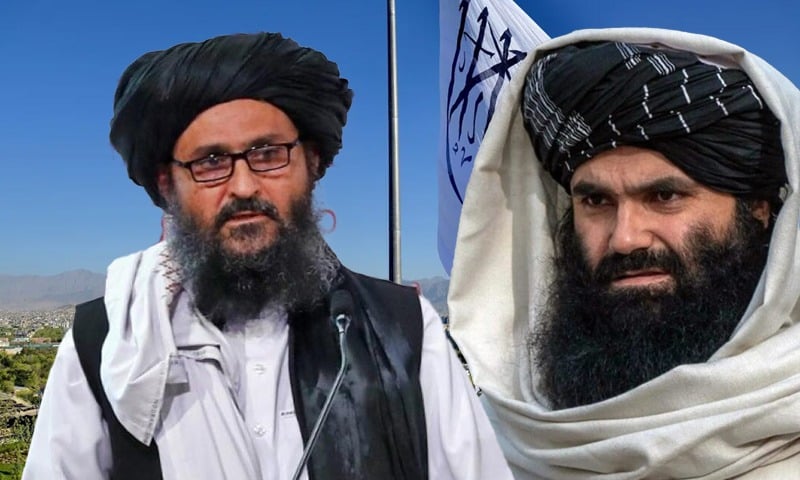Mushtaq Yusufzai
Over the past two decades, the militant landscape in the region particularly concerning the Tehrik-e-Taliban Pakistan (TTP) has evolved with alarming sophistication. From humble beginnings in the tribal belts of Pakistan to an increasingly structured insurgent network now operating with advanced weaponry and drone technology, the TTP’s transformation is a matter of serious concern for both Pakistan and the broader regional security architecture.
Having covered militancy in Afghanistan and Pakistan since 2001, I have closely observed how the TTP emerged, fractured, regrouped, and rebuilt itself into a potent insurgent force. Initially formed in December 2006 in North Waziristan under the leadership of Baitullah Mehsud, the TTP brought together disparate tribal militant factions from across the then-FATA and Malakand divisions. At the time, their resources were limited, and they relied heavily on their proximity and alliance with Afghan Taliban fighters.
Most of TTP’s original fighters had fought alongside the Afghan Taliban against foreign forces in Afghanistan, receiving training in guerilla warfare, improvised explosives, and arms handling. However, it wasn’t just local training that shaped them—the presence of foreign fighters, including Arabs, Chechens, and Uzbeks in tribal areas, contributed significantly to the TTP’s capabilities. These foreign elements introduced advanced weapon handling and combat strategies, making the TTP more lethal.
As conflicts evolved, so did the TTP’s organizational structure. Like any formal military outfit, they developed sections dedicated to intelligence, logistics, healthcare, and special operations. They also began investing in technological expertise—today, the TTP employs drones for surveillance and strikes, conducts advanced reconnaissance, and utilizes encrypted communication channels.
Following Operation Zarb-e-Azb in 2015, most TTP fighters relocated to Afghanistan. This strategic shift gave them access to a vast cache of modern weaponry left behind by retreating Afghan National Army forces and even some U.S.-supplied arms. Reports from within Afghanistan suggest that during the U.S. withdrawal, TTP operatives acquired weapons at a time when prices had dropped and military equipment was widely available in black markets.
The key question, however, remains: Where does the funding come from? The answer lies in the TTP’s meticulously organized financial wing, which oversees donations, extortion, and taxation. Historically, they designated collectors for each tribal region and urban area, targeting wealthy individuals, businesses, and even diaspora communities. Intelligence reports indicate that the TTP had access to personal bank details of key targets, facilitating forced donations or outright extortion.
During times when Pakistani officials claimed that the TTP was “finished,” the group was in fact consolidating in Afghanistan, focusing on training, stockpiling arms, and regrouping. That period of strategic silence enabled them to re-emerge with greater ferocity. From 2022 onwards, following the breakdown of ceasefire talks initiated during Imran Khan’s government, TTP attacks surged dramatically across Khyber Pakhtunkhwa.
The TTP has also adapted quickly to modern warfare. Drones equipped with surveillance cameras—and in some cases, light explosives or modified RPGs are now part of their operational toolkit. Security officials in tribal districts have confirmed frequent drone flyovers above check posts, especially at night. These drones help militants identify vulnerabilities before launching attacks.
Their command of digital platforms is equally concerning. TTP operatives produce high-quality propaganda videos and distribute them across social media networks to recruit, fundraise, and terrorize. The sophistication of these efforts points toward extensive technical training and possibly the involvement of external actors.
Speculation about foreign intelligence backing the TTP persists. While concrete evidence remains elusive, suspicions have long been raised about support from India’s Research and Analysis Wing (RAW), Israel’s Mossad, and in some cases, regional proxies. Incidents like the arrest of Indian naval officer Kulbhushan Jadhav in Balochistan further amplify such concerns.
Afghanistan’s current rulers—the Afghan Taliban—publicly deny facilitating or sheltering TTP, but their lack of enforcement and passive tolerance raises questions. TTP leaders today enjoy relative freedom and safety in Afghanistan, where they are largely beyond the reach of Pakistani intelligence or drone operations. Their families live openly, and many militants engage in labor or low-profile business activities to maintain appearances.
Interestingly, when Pak-Afghan relations improve, the Afghan Taliban put some pressure on TTP leadership. During these periods, the group’s media channels often publish emotional poetry criticizing the Taliban for forgetting the sacrifices made by TTP during their insurgency years. But these public expressions rarely translate into meaningful crackdowns.
Internally, Pakistan especially Khyber Pakhtunkhwa is struggling to match the evolving threat. While some progress has been made in police training, especially through new institutions in places like Hangu and Warsak, the overall preparedness remains lacking. Most police personnel, particularly in the tribal districts, work in poor conditions, without proper accommodation or equipment. Many are deployed as VIP security rather than on the frontlines of counterterrorism.
The overburdened police force is responsible not just for counterterrorism but also for routine crimes, land disputes, and maintaining public order. This multitasking leaves little time or resources for focused counterinsurgency. Moreover, senior leadership seldom visits high-risk southern districts like Waziristan, Bajaur, or Khyber to understand ground realities. Those sent there are often junior or under-equipped, making them vulnerable to well-planned attacks.
The war against terrorism, particularly the renewed threat posed by TTP, cannot be fought with slogans or press statements. It requires a comprehensive strategy involving military intelligence, law enforcement reform, international diplomacy, and local support. At the very least, those on the frontlines our police, FC personnel, and district security forces—must be given adequate support, training, and protection.
Ignoring this challenge could cost Pakistan dearly. The TTP is no longer a ragtag group of militants hiding in caves. They are now a structured, well-funded, and technologically equipped insurgent movement, operating from a relatively secure base across the border. Without a strategic, multi-layered response, the threat will continue to grow—not just in Khyber Pakhtunkhwa but across Pakistan.





